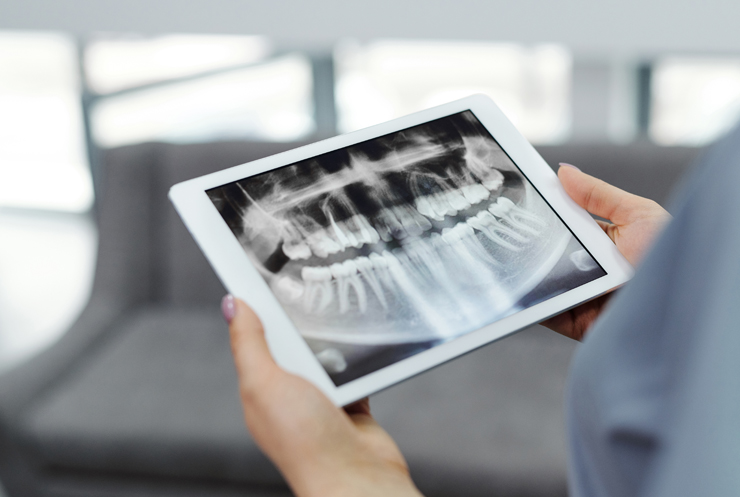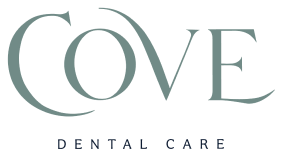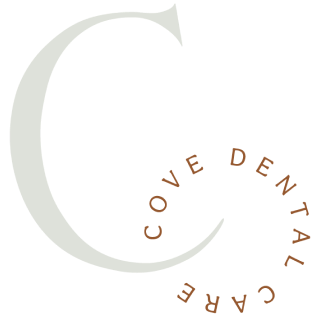2104 Old Spartanburg Rd Greer, SC 29650

Dental X-Rays in Greer, SC
Getting dental X-rays might seem intimidating, suggesting oral issues, but they're a standard part of dental care. They help dentists catch and address minor concerns early, preventing them from becoming serious. At our Greer, SC clinic, dental X-rays are swift, painless, and safe for most, including kids. Before your next appointment at Cove Dental Care, understand how these X-rays can support your long-term oral health.
Although dental X-rays use minimal radiation and are generally safe, pregnant individuals should inform their dentist. Precautions like lead aprons and thyroid collars may be used to minimize exposure.
What Do Dental X-Rays Show?
For children, dental X-rays help the dentist have a clear look at:
- The development of cavities
- Impacted teeth
- If wisdom teeth are present and/or moving
- If there is enough space for permanent teeth to emerge properly
For adults, dental X-rays can show the dentist:
- The development and location of tooth decay
- Decay beneath dental work, such as fillings
- The progression of bone loss
- Abscesses and cysts
- Some oral cancers
- Changes in the root canal
What Are the Different Types of X-Rays?
Intraoral X-rays focus on the inside of the mouth. These include:
- Bitewing X-rays
- Periapical X-rays
- Occlusal X-rays
Extraoral X-rays are used to identify problems in a person’s jaw and skull. These include:
- Panoramic X-rays
- Tomograms
- Cephalometric projections
- Sialogram
- Digital imaging
- Cone beam CT
- MRI imaging
More About Dental X-Rays
Dental X-rays have revolutionized modern dentistry, revealing hidden oral structures while maintaining patient safety. These diagnostic tools are invaluable for diagnosing and planning treatments for various oral issues, all while adhering to strict safety measures. In this exploration, we delve into the significance of dental X-rays, their types, procedures, benefits, and the crucial role of safety.
Dental X-rays play an indispensable role in modern dentistry by uncovering oral health details beyond what's visible to the naked eye. These images provide intricate insights into teeth and bones, facilitating accurate diagnoses, treatment planning, and disease monitoring. By transcending surface observations, dental X-rays significantly improve patient care and treatment outcomes.
Various types of dental X-rays cater to specific diagnostic needs. Bitewing X-rays focus on tooth crowns, aiding in cavity detection and bone density assessment. Periapical X-rays offer a comprehensive view of individual teeth, identifying infections, abnormalities, and potential issues. Panoramic X-rays provide a panoramic view of the oral cavity, aiding in assessing overall oral health and impacted teeth. Orthodontic X-rays concentrate on tooth and jaw alignment, assisting in personalized orthodontic treatment strategies.
Dental X-ray procedures prioritize patient comfort and safety. Patients wear lead aprons to shield against radiation exposure, while sensors or films capture images quickly and accurately. The captured images undergo analysis by dental professionals.
The benefits of dental X-rays are manifold, contributing to comprehensive oral health management. They enable early issue detection, precise diagnoses, tailored treatment plans, progress monitoring, and preventive care.
Patient safety is paramount in dental X-rays, with minimal radiation exposure and lead shielding measures. The ALARA principle guides radiation exposure limits, and X-ray protocols are customized based on individual factors. Special precautions are taken for pregnant patients to ensure safety.
Dental X-rays are a vital pillar in modern dentistry, enhancing patient care and diagnoses. While offering crucial insights, stringent safety measures are in place to mitigate risks. Through advanced technology, lead shielding, appropriate usage, individualized approaches, and adherence to safety guidelines, dental professionals ensure the benefits of X-rays while prioritizing patient well-being. In oral health care, dental X-rays illuminate effective diagnoses, treatments, and long-term preservation, all within strict safety protocols.

